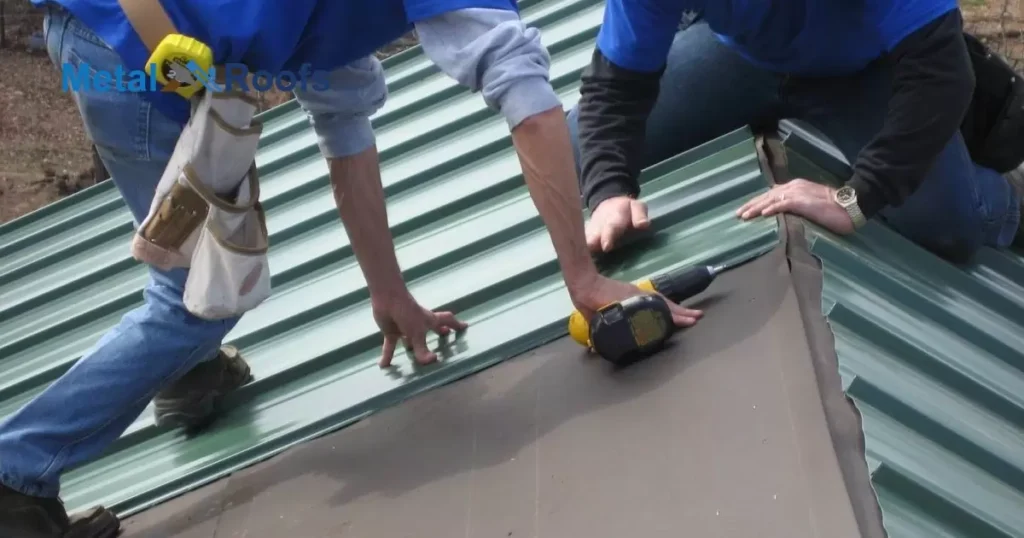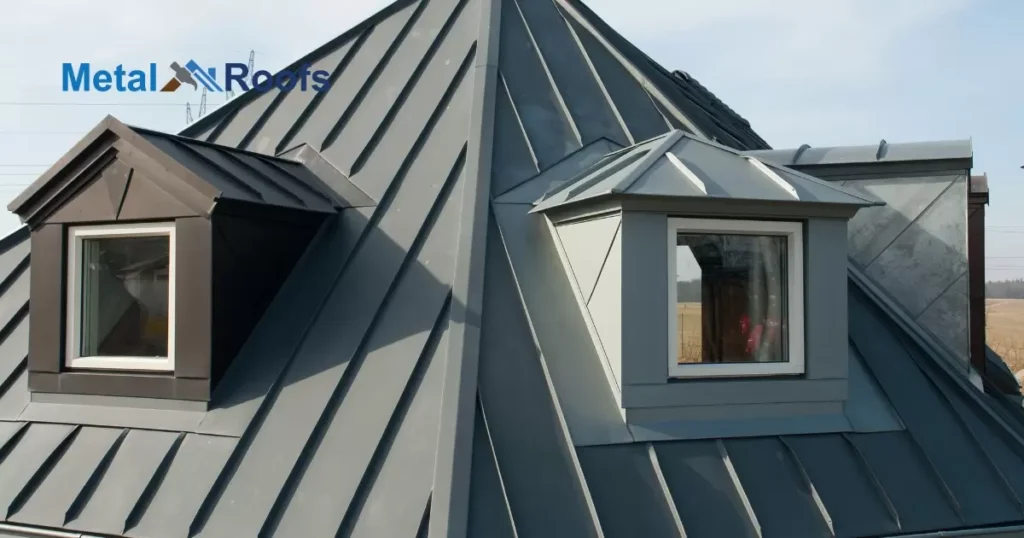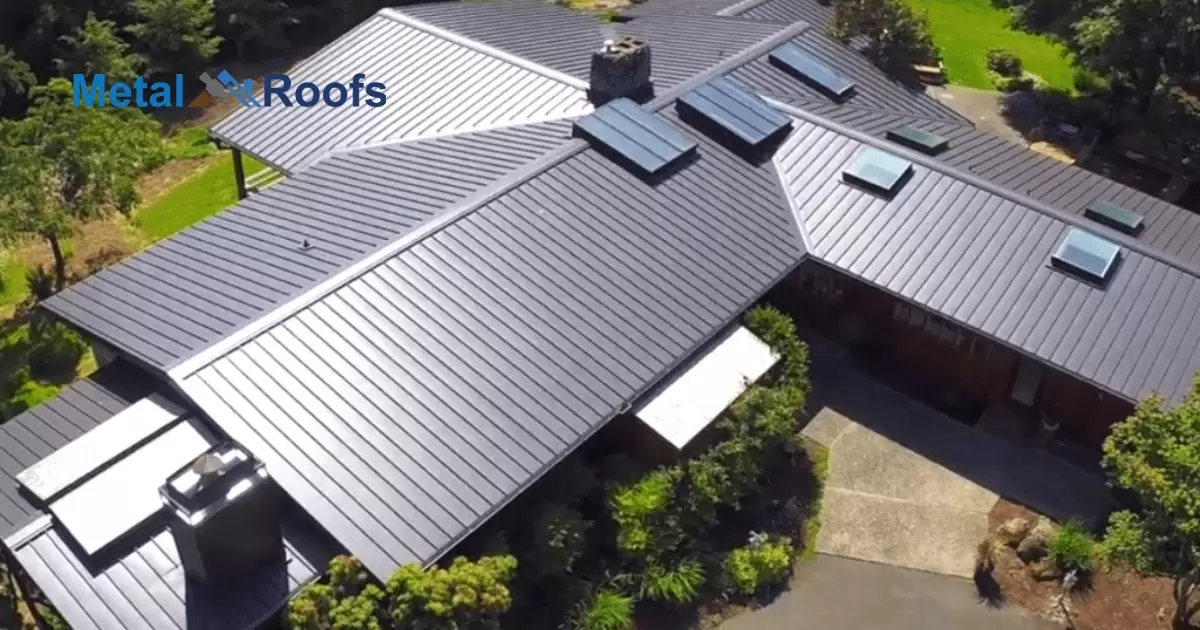Metal roofs are better for hurricanes. They resist high winds and flying debris. Metal roofs are durable, lightweight, and long-lasting. They provide superior protection during severe storms.
Are metal roofs better for hurricanes? Yes, they are. Metal resists high winds and flying debris. It won’t rot or corrode. Metal roofs are durable and lightweight. They offer superior protection during storms. Metal roofs are energy-efficient and eco-friendly. They come in various styles and colors. Metal roofs can last decades with minimal maintenance.
Metal roofs withstand hurricane-force winds and debris impact. They are lightweight yet sturdy. Metal roofs resist corrosion and rot. They require little upkeep. Metal roofs are energy-efficient. They come in various profiles and colors. Metal roofs are a wise choice for hurricane-prone areas.
Key Takeaways
- Metal roofs withstand high winds better than traditional materials.
- Reduced weight lowers structural damage risk during hurricanes.
- Metal roofs offer superior fire protection.
- Smooth surface minimizes water infiltration and leaks.
- Longer lifespan makes them cost-effective over time.
- Proper installation and upkeep are crucial for optimal
Wind Uplift Resistance
When it comes to wind uplift resistance, metal roofs shine. They stand strong against hurricane-force winds, thanks to their durable construction. This resilience helps prevent damage and keeps homes safe in the face of severe weather.
Metal roofs are lightweight yet tough, efficiently shedding water to prevent leaks. It’s important to note that metal roofs attract lightning. Proper installation and maintenance ensure long-term protection against various storm hazards.
Wind-Blown Debris Impact Resistance
| Material | Wind-Blown Debris Impact Resistance |
| Metal | High |
| Asphalt Shingles | Low |
When it comes to wind-blown debris impact resistance, metal roofs shine. Their durability handles high winds well, reducing the risk of damage from flying objects during hurricanes. Metal roofs are lighter than traditional materials, lessening the chance of structural harm during storms.
They also boast fire resistance, which is crucial in hurricane conditions where fires can occur. Proper installation and regular maintenance ensure metal roofs perform optimally, providing long-lasting protection for homes and buildings in hurricane-prone areas.
High Durability and Long Service Life
Metal roofs offer exceptional durability, lasting longer than traditional options like asphalt shingles. They withstand strong winds, reducing the risk of damage during hurricanes. This durability translates to a longer service life, making metal roofs a cost-effective choice in the long run.
Their lightweight nature minimizes structural strain, further enhancing their resilience. With proper installation and maintenance, metal roofs provide reliable protection against fire and water infiltration. Overall, their high durability and long service life make them a smart investment for homeowners, especially in hurricane-prone areas.
Installation Methods for Metal Roofing

When installing metal roofing, there are two primary methods: exposed fastener and concealed fastener. Exposed fastener systems involve securing the metal panels directly to the roof deck with visible screws. This method is simpler and more cost-effective but may be prone to leaks over time if not properly sealed.
Concealed fastener systems, on the other hand, hide the fasteners under the overlapping panels, offering a sleeker appearance and better protection against leaks. These systems require more precise installation and typically cost more upfront.
Exposed Fastener Metal Roofing Installation Method
Exposed fastener metal roofing installation involves securing metal panels directly to the roof deck with visible screws. This method is cost-effective and straightforward but may require maintenance to prevent leaks over time. Despite its simplicity, exposed fastener systems are commonly used for their affordability and suitability for various roofing projects.
Concealed Fastener Metal Roofing Systems
Concealed fastener metal roofing systems hide screws under overlapping panels for a sleek look and better leak protection. They require precise installation but offer long-term benefits in aesthetics and durability. Despite potentially higher upfront costs, many homeowners choose this method for its blend of style and functionality.
Category 5 Hurricane Roof
When you’re up against a Category 5 hurricane, your roof needs to be as tough as nails. That’s where metal roofs come in. They’re like the superheroes of roofing materials, built to withstand the fiercest winds nature can throw at them. Thanks to their lightweight design, they won’t weigh down your structure, lowering the risk of serious damage during the storm.
Plus, they’re fire-resistant, meaning you’ve got an extra layer of protection when things get heated. And let’s not forget their ability to shrug off water like it’s no big deal, keeping your home safe and dry even in the worst downpour. But remember, to keep your metal roof in top shape, it’s crucial to get it installed properly and give it regular TLC.
Standing Seam Metal Roof
Standing seam metal roofs are known for durability. They handle high winds well, crucial in hurricane-prone areas. The smooth surface sheds water effectively, minimizing leaks. Metal roofs offer fire resistance, enhancing safety during disasters.
Installation and maintenance are key for optimal performance. They’re lightweight, reducing structural damage risk. Overall, standing seam metal roofs are a reliable choice for hurricane protection.
Galvalume Metal Roof
A Galvalume metal roof is durable and perfect for hurricane-prone areas. It’s made of steel coated with a mix of zinc and aluminum, making it resistant to corrosion and rust. This coating ensures the roof lasts longer and requires minimal maintenance. Plus, its smooth surface sheds water effectively, reducing leaks during heavy rains.
Galvalume roofs are lightweight, which lessens the strain on the building’s structure during storms. With proper installation and upkeep, they provide reliable protection and are a cost-effective choice over time.
Benefits of Metal Roofs in Hurricane-Prone Areas
Metal roofs offer several benefits in hurricane-prone areas:
Durability: Metal roofs are highly durable and can withstand high winds, debris impact, and other extreme weather conditions better than many other roofing materials. This durability can help reduce the risk of damage during hurricanes.
Longevity: Metal roofs have a longer lifespan compared to traditional roofing materials like asphalt shingles. This means less frequent replacement and maintenance, which can be beneficial in areas prone to hurricanes where regular maintenance may be challenging.
Fire Resistance: Metal roofs are non-combustible, providing an added layer of protection against fires, which can be a risk during hurricanes.
Lightweight: Metal roofs are lightweight compared to other roofing materials, which can reduce the risk of structural damage to the building during a hurricane.
Energy Efficiency: Metal roofs can help reduce energy costs by reflecting heat from the sun, keeping the building cooler and reducing the need for air conditioning.
Environmentally Friendly: Metal roofs are often made from recycled materials and are fully recyclable at the end of their lifespan, making them a more sustainable roofing option.
Insurance Benefits: Some insurance companies offer discounts on premiums for homes with metal roofs due to their durability and resistance to damage.
Overall, metal roofs can provide significant benefits for homeowners in hurricane-prone areas, offering a strong, long-lasting, and environmentally friendly roofing solution.
Common Misconceptions About Metal Roofs and Hurricanes

Many people think metal roofs attract lightning during hurricanes. However, lightning strikes happen regardless of roofing material. Metal roofs actually disperse lightning energy, reducing the risk of fire compared to flammable materials.
Some believe metal roofs are noisy during hurricanes. Yet, with proper insulation, noise is minimal and often comparable to other materials. Metal roofs can even muffle the sound of rain better than some alternatives.
Frequently Asked Questions
What is the disadvantage of a metal roof?
Metal roofs, though durable, can be initially costly compared to other options. However, their long-term benefits often outweigh this disadvantage.
Do metal roofs leak more than shingles?
Metal roofs typically leak less than shingles. They shed water efficiently with their smooth surface. Proper installation and maintenance are key to their performance.
Which metal roof has the highest wind rating?
Metal roofs withstanding the strongest winds often have high wind ratings. Among these, standing seam metal roofs commonly hold the highest ratings due to their interlocking panels.
Conclusion
Metal roofs excel in hurricane-prone regions. They resist high winds flying debris, and severe weather impacts. Metal is durable, lightweight, and long-lasting. These roofs won’t corrode or rot over time. Metal roofs offer superior protection during hurricanes.
Metal roofs are energy-efficient and eco-friendly. They come in various styles and colors to suit any home. Installation and maintenance are relatively easy. With proper care, metal roofs can last for decades. They are a wise investment for homeowners in hurricane-prone areas.











